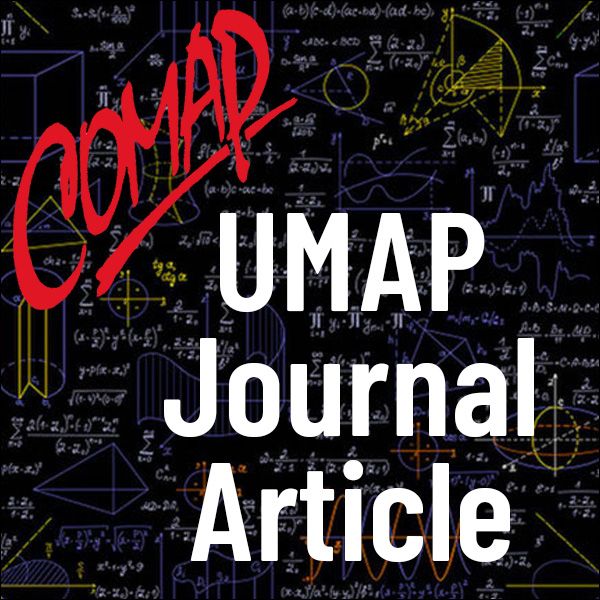Running a Faster Race (UMAP)
Author: Deborah P. Levinson
Owing to the enormous popularity of competitive running, there has long been widespread interest in finding methods to predict performance in races. The first and best known of many mathematical models dealing with running performance originally appeared during the 1920s in the writings of British biologists (e.g., Hill [1925]; Furusawa et al. [1927a; 1927b]). They described a runner's velocity during short races on a straight track using a pair of ordinary differential equations and an integral. In the 1970s, the mathematician Joseph Keller [1973; 1974] developed Hill's model and produced a formula for a runner's optimal veloctiy subject to the constraining differential equations. Although Keller's work appeared more than 20 years ago, it still forms the basis for many of today's newer models. In this Minimodule, we shall devlop the ideas behind this family of models. These models can be applied, with modifications, to other endurance sports, such as swimming, rowing, cycling, and speed skating.
Table of Contents:
INTRODUCTION
THE BASIC MODEL
SOLVING THE PROBLEM
LONG RACES
ANSWERS TO THE EXERCISES
REFERENCES
ABOUT THE AUTHOR

Mathematics Topics:
Application Areas:
You must have a Full Membership to download this resource.
If you're already a member, login here.